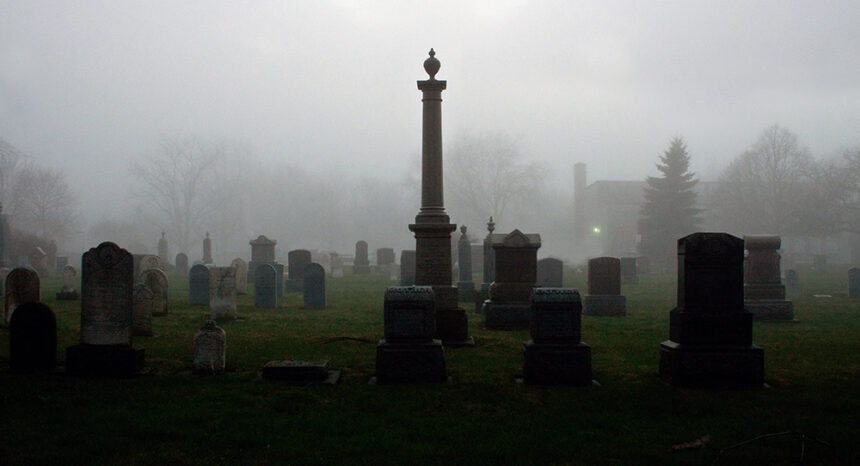America in recent decades has seen increases to life expectancy, a proxy for quality health care. We gained, on average, 5.3 years between 1980 and 2014. But the uneven distribution of these gains may be influencing political affiliation.
Counties that enjoyed above-average gains overwhelmingly voted for Hillary Clinton in the 2016 presidential election, according to a forthcoming paper. The majority of people in counties with below-average gains voted for Donald Trump.
Boston University’s Jacob Bor presents these discoveries in the American Journal of Public Health. He also compares voter shares by party in 2008 and 2016, two recent presidential elections that lacked an incumbent.
- In 781 counties, life expectancy increased less than 3 years between 1980 and 2014. In those areas, the Republican vote share grew 9.1 percentage points between 2008 and 2016.
- In counties where life expectancy grew more than 7 years, Democrats saw vote share grow 3.5 percentage points.
- For each year of life expectancy gain in a county, the Republican vote share fell 2.3 percentage points.
Bor suggests the opioid epidemic and diverging access to medical care are factors in this growing divide.


Expert Commentary